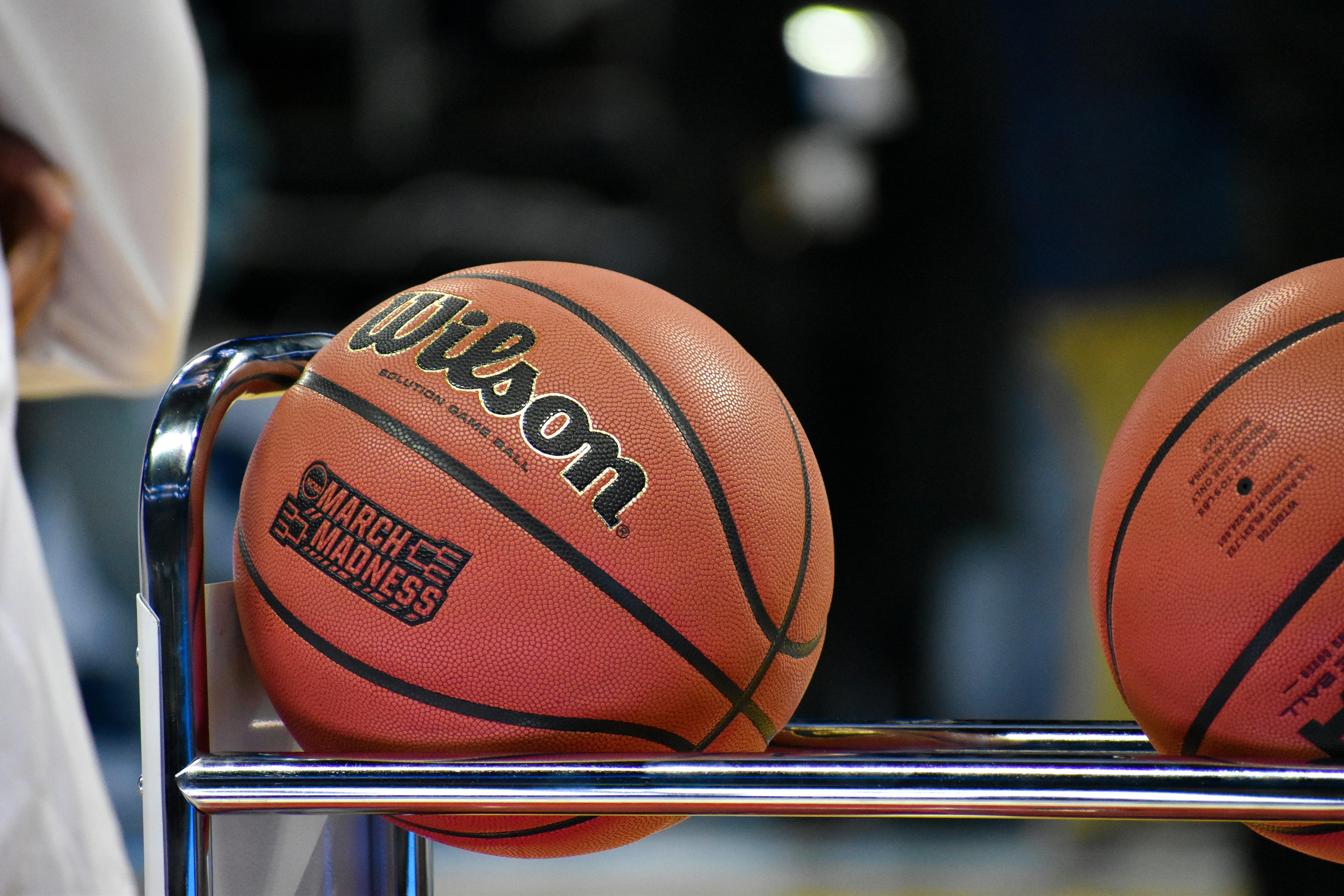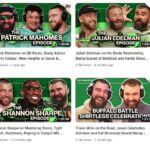
Fan Driven Partnerships – How to Use Audience Analytics to Drive Sponsorship Strategy
When it comes to sports sponsorships, there’s nothing worse than a sponsor that completely doesn’t fit. Whether it’s an activation that falls flat or a partner all together that just doesn’t align with fan interests. At best it’s a total waste of a partnership and likely will leave the brand with a lack of ROI for their spend, and at worst could leave your fans with a feeling of ad overload and annoyingly distracted from the sport they came to enjoy.
When you think about it, the entire ecosystem is based on brands looking to access the attention of fans that sports teams hold. The supply and demand that every partnership is built on completely revolve around the fan, but the actual fan is often largely forgotten when prospecting, closing, and activating team sponsorships.
Data about your team’s fans should drive every aspect of your partnership strategy. From choosing what type of partners to have, and which brands are the best fit for your team.
We dive into a few of the different ways you can let your fans drive your partnerships.
Choosing Partner Categories Based on Fan Interests
When deciding what categories, you should prospect partners for, it’s important to consider fan interests. Audience analytics and insights for your fans give you an understanding of what’s products and services are important parts of their everyday life. Maybe your fan base frequently relies on ridesharing to get around or have a love for sports betting and gambling. These interests give your sales team an understanding of what categories they should begin prospecting new partners for and ensures that the partnerships they land have a higher likelihood of resonating well with your fans because it’s already something that’s an integral part of their life. The actual data insights about your fans’ interests also can be used to present to potential sponsors to show why your fan base presents an opportunity for their brand to reach fans with an existing need for their product or service.
Choosing Partners Based on Fan Brand Affinities
A similar mindset should be used for selecting the brands for each vertical. Using brand affinity data about your fans should enable your sales team to identify which brands to prospect for new sponsorships. Your team’s fans’ existing preferences for certain brands presents opportunities for both the brand they have an affinity for and the brands they don’t have an affinity for. Your sales team should present each brand with the affinity data that helps tell the story of the brands’ opportunity to:
-
-
- activate with fans who already are fans of the brand, allowing them to strengthen that relationship.
- activate with fans who the brand hasn’t already built a relationship with through their other advertising campaigns, enabling the growth of awareness with new consumers and potential sales with new customers.
-
One example we have seen of this in sports is with the NHL. Being that the NHL spans both North America and Canada, there is a small difference in fan bases and available sponsors. One vertical the NHL has opted to listen to audience analytics and brand affinity is coffee. The NHL has partnered with Dunkin’ Donuts as their United States partner and Tim Hortons as their Canadian partner. This has a lot to do with the different audiences and understanding those audiences and maximizing the opportunity. According to the Zoomph NHL Beverage Report, both sponsors have had a great, but nearly equal return, showing that this truly is a strong strategy for partnerships.
Developing Partner Activations Based on Fan Insights
Relying on fan data shouldn’t end with closing a partner. Using this type of information is just as important when working with brands to develop how they’re should activate. Identifying audience analytics and insights about your fans can give your brand partners an idea of who your fans are and what things they care about. A great example of this was a partnership between Google and the Golden State Warriors. In one of the biggest tech hubs in the country, Google gave over 20,000 fans Google Home Mini’s after a game, not only increasing awareness for their Smart home products but also driving positive sentiment for their brand with an audience likely filled with a higher percentage of business and technology decision-makers at companies in the area.
Crafting Sponsored Content Based on Fan Insights
Sponsored content should also reflect fan insights to increase overall performance and the amount of attention generated for partners. Whether it’s choosing which types of posts and content types should be sponsored by certain partners or how the partner should be incorporated into their content all can be crafted using a greater level of fan insights and result in a more contextual sponsored content campaign. Letting your fans drive your partnerships can have a massive impact on the success and results of your team’s sponsorships. Be the team that gives their sales teams the data they need to make better-informed decisions on which verticals and brands they should be prospecting and your partners the data they need to ensure their activations resonate.









